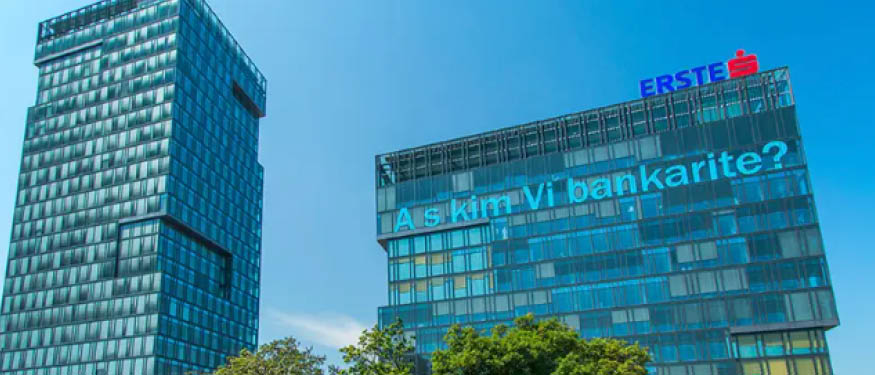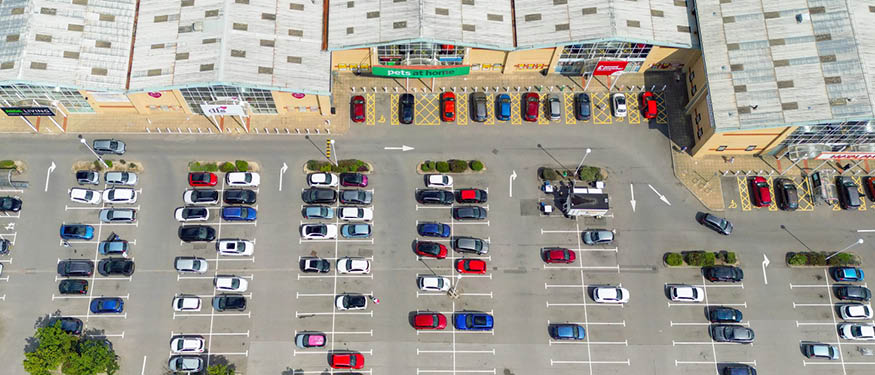Some segments of the real estate market are expected to improve slowly, while ESG considerations are becoming increasingly important, according to the DLA Piper Hungary Real Estate Intelligence Report 2024. These are the key trends shaping the Hungarian real estate market.
The hotel industry is the winner in real estate development
Last year, office developments were less significant than in previous years, with developers mainly completing developments already started and underway, as well as built-to-suit projects. Although vacancy rates remain high and economic uncertainties do not support a significant rebound in office development, some experts expect a slow improvement in 2024.
In 2024, growth trends in the logistics and industrial markets look set to stabilise after the increased demand during and after the pandemic. A clear market trend over the past year has been the significant volume of investment from Asian countries in this segment, with 67.5% of investors based outside the EU for cases handled by DLA Piper Hungary. In contrast, in the retail market, the vast majority of real estate transactions were carried out by domestic investors. In 2024, rising consumer incomes and declining inflationary pressures are expected to lead to an improvement and turnover in the retail sector, which could contribute to a slow but steady recovery.
The hotel segment is the only one where development trends are not only stable but clearly on the rise during 2023 and 2024, a trend that is expected to continue.
Real estate development: tenant demand is gaining ground in the office market
The market, previously dominated by landlords, is transforming into a market where tenants have a much more advantageous position in negotiating leases than in the past.
Around 70% of office leasing transactions involving DLA Piper Hungary have been for the extension of existing leases, with many tenants also requesting a reduction in the space they previously leased. This is in line with a growing trend in tenant demand for leases that offer them greater flexibility. It is also typical that the sustainability and energy efficiency requirements of tenants are becoming increasingly important in development and use.
In the industrial and logistics market, pressures are easing following the dominance of renewals and pre-lets in 2023. From 2024, developers expect the market to stabilise and demand for new leasable space to moderate, with manufacturing and green transition-related manufacturers being the primary drivers of demand. At the same time, the development of integrated logistics parks can be a particularly beneficial opportunity for investors, helping them to adapt more easily to changing needs and tenant types, and to match developments to actual and future demand.
The expected growth in the number of mall visits will increase demand for retail space, leading to a gradual increase in rents. In order to take advantage of this trend, retailers are focusing primarily on prime locations that attract more shoppers.
In terms of hotels, there is a positive trend, with occupancy rates steadily increasing. Thanks to the boom in the tourism sector and events taking place across the country, the upward trend is expected to continue in 2024.
Real estate financing trends
External financing remains generally available and competitive. At the same time, financing reflects market interest in different asset classes of properties and investment volumes. Traditional commercial banks have maintained their position as the primary source of real estate finance vis-à-vis alternative financiers.
2023 was certainly not a year for new developments and real estate transactions, as can be seen in the share of project finance that reflects the number of these transactions in general. In terms of commercial real estate project finance volumes, office buildings are currently among the property types most in decline, while some caution has also hit logistics properties. The real winner in the development and utilisation trends for 2023 is the hotel market, where the upward trend is expected to continue.
Financiers are largely following sector trends and asset type preferences. The fundamentals of commercial real estate finance remain in place, with a continued focus on overall cash flow, while financiers are also seeking to show flexibility where segment trends and tenant and developer expectations demand it most, with the evolution of financing costs set to be a critical factor in the coming months.
Focus on ESG aspects in the real estate market
ESG considerations are becoming increasingly prominent in all sectors of the real estate market and influence decisions throughout the lifecycle of assets. Furthermore, the ambitious EU targets for the sector are driving significant change: the Energy Performance of Buildings Directive, adopted in April 2024, calls for zero-emission buildings by 2030 and a complete transformation of the EU building stock by 2050. Meeting these stringent requirements places responsibilities on investors, developers and tenants. At the same time, more than €100 billion in EU funding will help Member States to support renovation efforts between 2023 and 2030 to meet ambitious targets. In addition, the new Social Climate Fund, set up under the European Green Deal, will mobilise €86.7 billion between 2026 and 2032. These are expected to result in a surge in development and renovation projects to increase energy efficiency.
Property rights aspects of the take-up of renewable energy
The renewable energy market has seen significant growth in recent years, with solar parks dominating the market. However, due to the scarcity of capacity in the public grid infrastructure, grid connection may take up to 7-10 years. The take-up of rooftop solar PV systems will also be facilitated by the introduction of the building right in June 2023. This new legal instrument will provide greater certainty for investments in third party-owned buildings, as the building right can be registered in the land register and transferred or encumbered. However, there are challenges in establishing building rights, particularly for agricultural property, where in most cases solar parks will be established.
In the future, the end-of-year change in the regulatory framework restricting the establishment of wind farms and the complementary nature of wind farms is expected to lead to increased interest in wind farms.
By Gabor Borbely, Partner and Head of Finance and Real Estate, and Tamas Balogh, Lead Attorney, DLA Piper Hungary
















